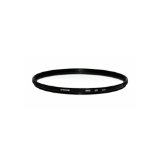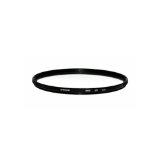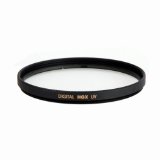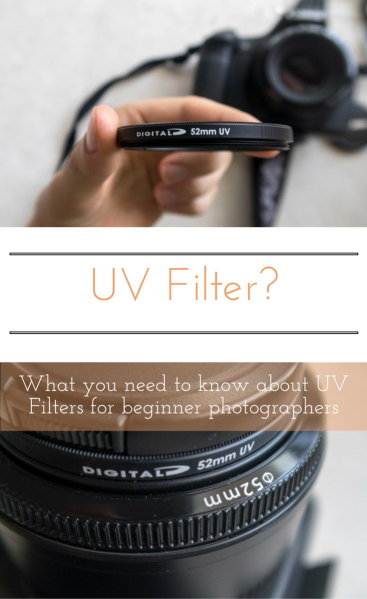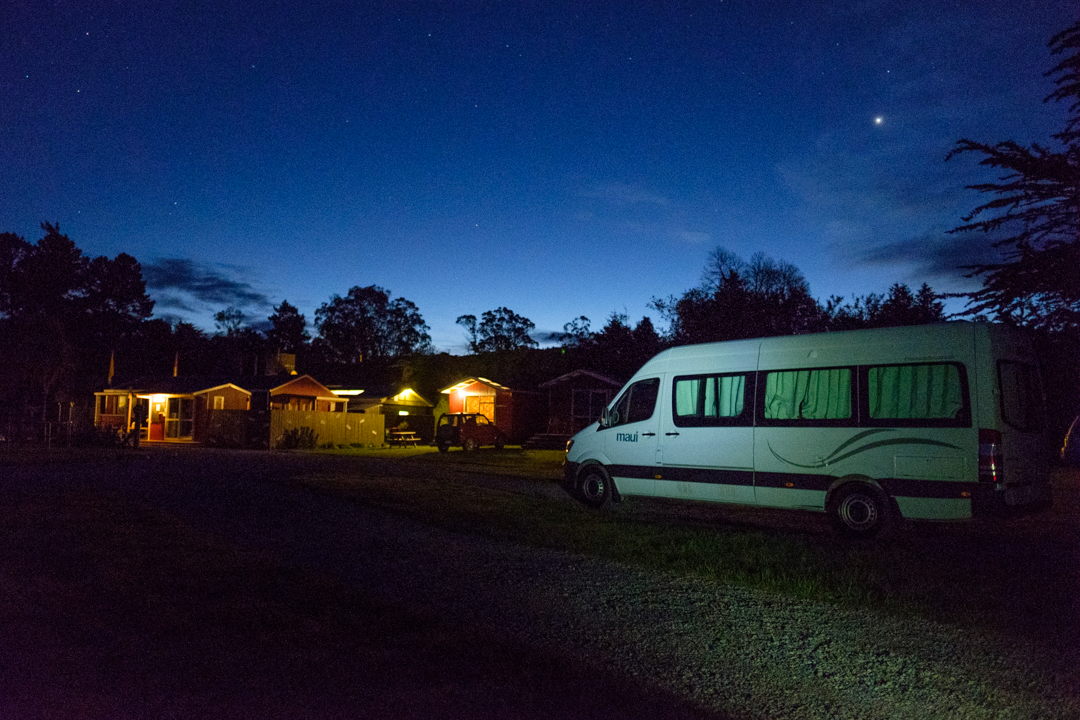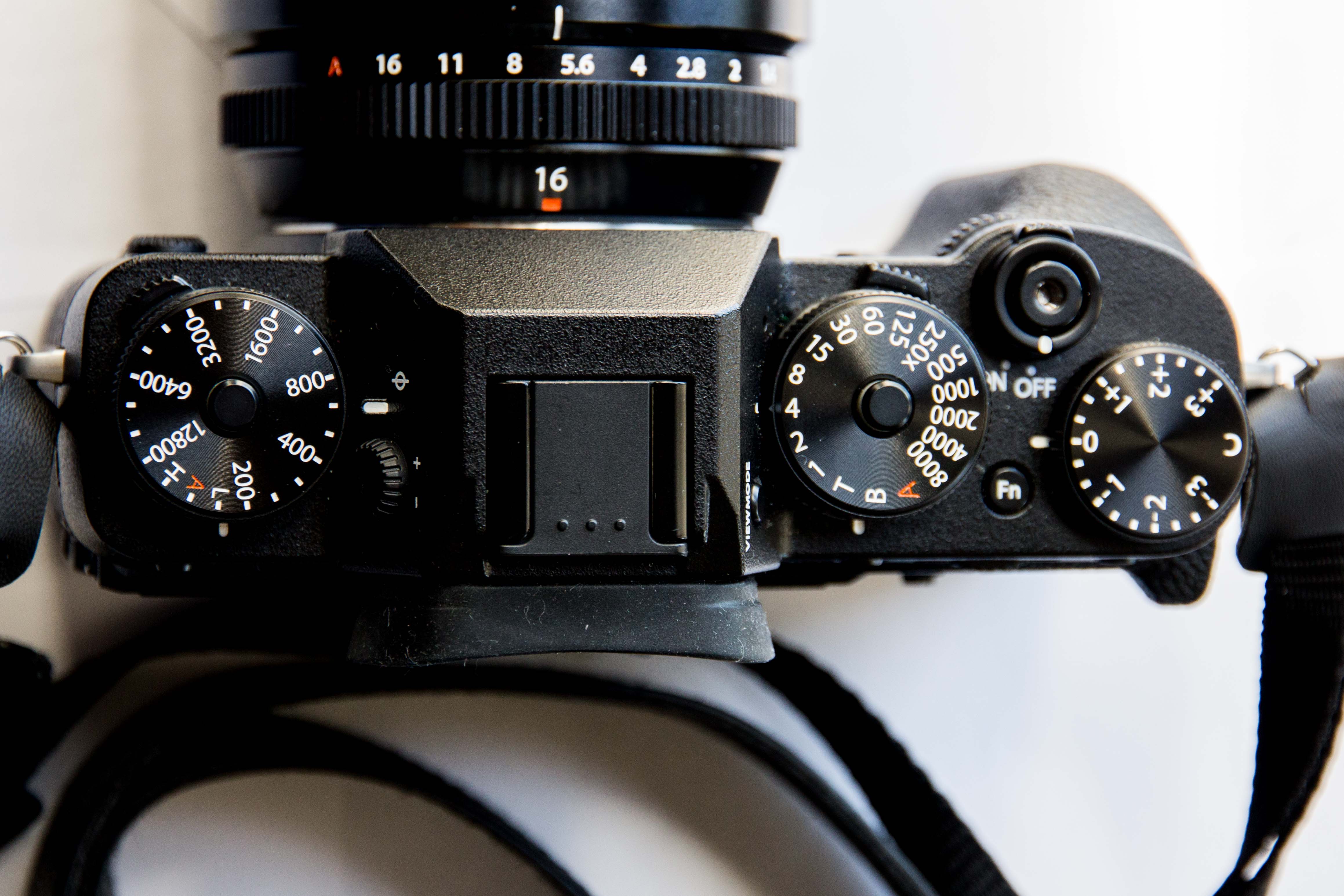Photo Tip Friday: Save Your Glass
Why buy UV filters for lenses? This is a common question from new photographers, and an intense debate for more seasoned hobbyists and professionals. There are a lot of different opinions, but we break it down into a few simple steps to help you make the best decision for you.
When I purchased my first camera, the nice associate suggested UV filters; however, being a bit skeptical of advice from salesman and uneducated, I went home and researched the issue before purchasing. There were so many posts and articles it made my head spin! The general consensus was non-existent, but I learned that there were a couple of main points.
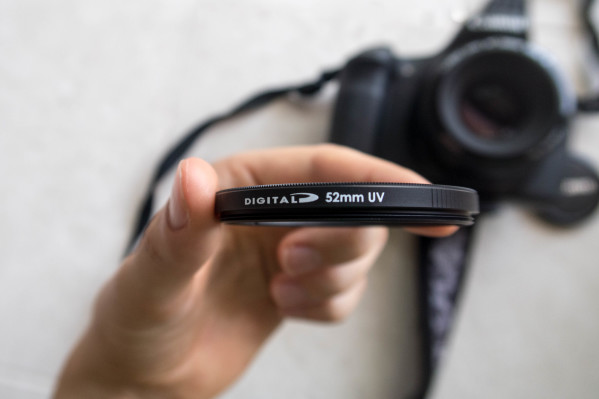
Why Buy UV Filters for Lenses?
- If you put cheap filters on great a great lens, you will end up with cheaper looking photos.
- Yes, using a filter will make a small impact to the quality of your photos. In my research, including tests that magnified the image to make differences visible, as long as you don’t buy a $9.99 super-cheap generic filter, you likely won’t notice.
- A UV Filter serves 3 primary functions, and one of them is no longer necessary for DSLRs
- For film cameras, they prevented harmful UV rays from hitting the film.
- They protect the lens glass, also known as the element, from scratches and dirt.
- They reduce the blueish haze from daylight in your photos.
We decided that a UV filter would greatly increase the life of our lenses. Choosing the screw on filter mount, is best for us because it’s always on and the lens cap fits securely. There were definitely a few incidents where sand, sticks, and other perils of hiking may have had a detrimental impact on our lens, if not for our UV filter. I foresaw these type of incidents occurring, given the nature of our outdoor activity, and they are the reason we factor in the ~$50 for a decent UV filter with any lens purchase. Armed with this knowledge, all that remained was the purchase, but I had no where to start when it came to the best brands.
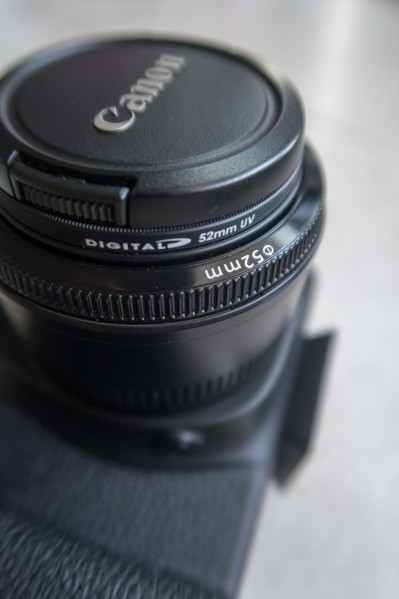
As I mentioned above, you should not buy the cheapest lens filter you can find because it will impact your photo quality, but the ~$50 range should be more than sufficient. Wait to buy the perfect, highest quality filters available, when you cash your first commissioned photography sale. This is very similar to my take on racing gear for bicycles, if you aren’t in the running for the podium, saving 5 seconds won’t make a difference. Likewise, unless you are doing high-end publications, billboards, or outdoor product shots, the difference will not be visible to the naked eye. Here is our current shortlist of filter options that are usually available between $35 and $75, depending on the size and any sales:

B+W 67mm XS-Pro Clear UV Haze with Multi-Resistant Nano Coating (010M) – For the macro we hope to have someday 🙂
The HGX lens sneaked onto the list even though it actually a little nicer than our others, but EZ gave it to me with a new lens for my birthday. We actually only noticed the difference because we pulled out all of our lens to double check the accuracy of our list, the increased price has not had obvious benefits for our photography.
To wrap up, the importance of the UV filter depends on whether you are buying a studio / indoor lens or buying a lens to take around town on your adventures. If it’s the latter, save your glass, and buy a UV filter.
Sign up for our photo resources and get a beginner’s guide to choosing a UV Filter!
